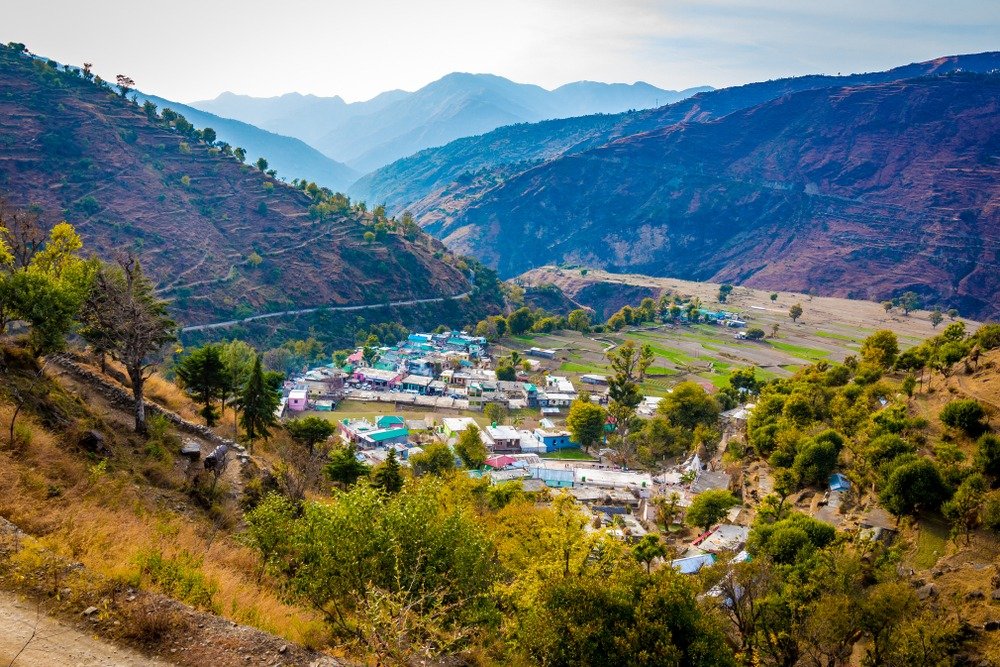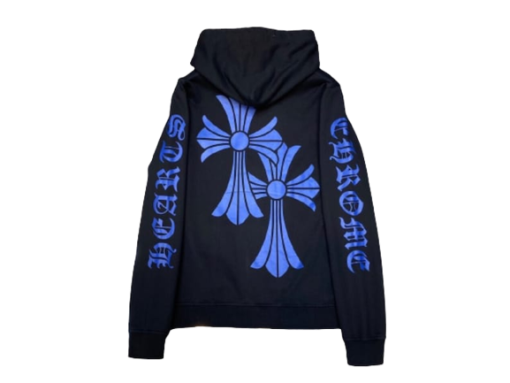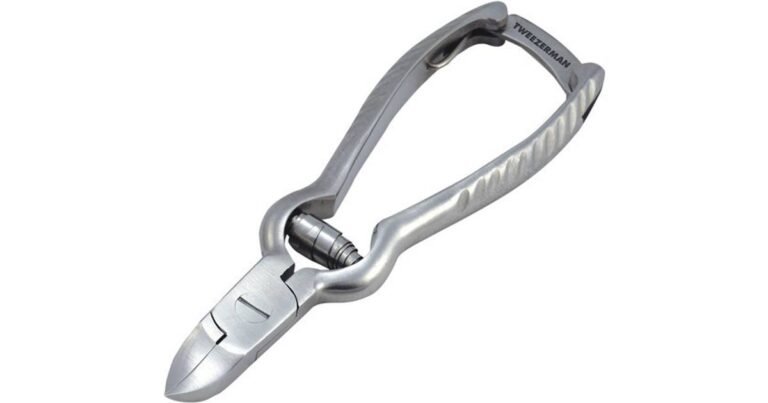How to Plan a Budget-Friendly Nag Tibba Trek For Trekkers
Nag Tibba is a hidden gem in the Himalayas, perfect for those who want to experience trekking without spending a fortune. I remember the first time I planned my trip here, I was blown away by how affordable it was while still offering everything a high-end trek would—breathtaking views, an deep experience with nature, and a sense of accomplishment. If you’ve been itching to embark on a trekking adventure but are worried about the costs, this guide will help you plan a budget-friendly trek to Nag Tibba.
Let me walk you through everything, from planning your transport to packing essentials, ensuring you enjoy your adventure without any budget woes.
Understanding Nag Tibba Trek
Location and Accessibility Of Nag Tibba Trek
Nag Tibba, standing tall at 9,915 feet, is the highest peak in the Lesser Himalayas, located near Mussoorie in Uttarakhand. When I first looked it up, I was surprised at how accessible it was compared to other Himalayan treks. The starting point, Pantwari village, is about 4-5 hours away from Dehradun, making it one of the most convenient treks in North India.
Getting to Nag Tibba is also incredibly flexible in terms of budget. I took a local bus from Dehradun to Pantwari, which was incredibly affordable, costing around ₹100-₹150. If you’re looking for comfort or are traveling with a group, sharing a cab is also an option. The roads are well-maintained, and the drive itself is a scenic experience, passing through pine forests and villages.
Best Time to Visit Nag Tibba Trek
Choosing the right time to trek can save you both money and hassle. I recommend planning your trek between March and June or from September to November. These months offer the best trekking conditions—clear skies, pleasant temperatures, and vibrant landscapes. If you’re looking for a well-organized and budget-friendly Nag Tibba Trek, I highly recommend The Searching Souls. They specialize in providing affordable trekking packages that include transportation, accommodation, meals, and expert guides to make your experience hassle-free
During these months, the weather is stable, reducing the need for extra gear like heavy-duty clothing or waterproof equipment. Additionally, trekking in off-peak seasons can help you avoid the crowds and premium prices. I went in early October and not only saved on accommodation but also enjoyed quieter trails, which made the experience more personal and peaceful.
Budget Breakdown Of Nag Tibba Trek
Travel Costs
Transportation Options
Transportation can make or break your budget. I found that buses from Dehradun to Pantwari are the most economical option. They’re frequent, reliable, and give you a chance to interact with locals, which adds to the adventure. My entire round-trip transport cost less than ₹500!
Alternatively, if you prefer more comfort, you can book a shared taxi from Dehradun, costing around ₹3000-₹4000 for a full cab. If you split it with fellow trekkers, it becomes much more affordable. This was a great option when I traveled with a group of friends—we not only saved money but also had the freedom to make stops along the way and enjoy the journey.
Carpooling and Sharing Rides
Carpooling is another excellent option for budget-conscious travelers. It’s a practice that has been growing in popularity, especially among trekkers. When I did the Nag Tibba trek, I found a trekking group on social media that organized carpools. This not only cut down our travel expenses significantly but also introduced me to some great trekking buddies. Websites and apps for ride-sharing can make this even easier. Additionally, it is eco-friendly, which is always a plus!
Accommodation
Camping vs. Homestays
Accommodation is one of the areas where you can save a lot of money. I opted for camping, which not only slashed my costs but also gave me a more authentic wilderness experience. If you already own camping gear, you’re all set, but even renting equipment can be very affordable. Some local shops in Pantwari offer rentals, so you don’t need to invest in expensive equipment if you’re only going for a short trek.
However, if camping isn’t your thing, homestays in Pantwari village are incredibly affordable and provide a cozy, home-like atmosphere. Prices range between ₹300-₹500 per night. Staying in a homestay also gave me a chance to interact with the locals, learn about their way of life, and enjoy home-cooked meals at a fraction of the cost of restaurants.
Local Guesthouses
There are also budget guesthouses available in Pantwari and nearby villages for around ₹500-₹700 per night. These guesthouses provide basic but comfortable amenities, making them a good middle-ground between camping and more expensive hotels. I stayed at a guesthouse on my second visit to Nag Tibba, and while it wasn’t luxurious, the hospitality was heartwarming, and the view from the room was worth every penny.
Food Expenses
Cooking Your Meals
Making my own food when camping is one of my favorite activities. I brought a portable stove and simple ingredients like instant noodles, oats, and canned food. This not only saved me a considerable amount of money but also allowed me to cook fresh meals at my campsite, with the majestic mountains as my backdrop.
If you’re camping, cooking your own food is definitely the way to go. It requires a bit of planning—make sure to pack lightweight, easy-to-prepare meals—but the effort is well worth it. Plus, it’s a great way to bond with fellow trekkers around the campfire, sharing stories and meals.
Eating Local
When I wasn’t cooking, I found local eateries in Pantwari offering delicious, home-cooked meals for as little as ₹50-₹100 per plate. Dhabas serve wholesome, filling food, and dining here not only saves money but also gives you an authentic taste of the local cuisine. Trust me, eating at these places adds a cultural richness to your trek that fancy restaurants just can’t offer.
Packing Essentials For Nag Tibba
Gear and Equipment

The right gear really may make all the difference while going on a hike.I recommend investing in quality basics like trekking shoes, a comfortable backpack, and layered clothing. But you don’t have to give it your all. For a short trek like Nag Tibba, you can rent a lot of the necessary equipment. I borrowed a sleeping bag and tent from a local shop in Pantwari, which saved me the expense of purchasing them.
If you’re trekking during the colder months, pack thermal wear and a good jacket, but avoid overpacking. You’d be surprised how much you can cut costs by renting rather than buying gear. Plus, traveling light makes the trek more enjoyable.
Food and Water Supplies
Don’t forget to carry enough snacks and water for the journey. Energy bars, dry fruits, and biscuits are great lightweight options that keep you energized on the trail. I also carried a reusable water bottle, which I refilled at the various streams and natural water sources along the way. Not only is this environmentally friendly, but it also saves you money that you’d otherwise spend on bottled water.
Trekking Route and Itinerary
Day-wise Breakdown
The trek to Nag Tibba is usually completed over two days. Here’s a rough breakdown of how I planned my itinerary:
Day 1: I set out early in the morning from Pantwari and hiked up to the base camp of Nag Tibba. The trail is about 4-5 hours long and moderately challenging. After setting up camp, I spent the evening exploring the area and stargazing by the fire.
Day 2: I had an early breakfast and set out for the Nag Tibba peak. The final ascent is steep but manageable, and the view from the top is absolutely worth it. After soaking in the 360-degree views of the Himalayas, I began my descent back to Pantwari.
This two-day itinerary is perfect for beginners and experienced trekkers alike. It allows you to enjoy the journey at a relaxed pace, without the need for expensive guides or additional logistics.
Tips for Safety
Safety should always be a priority, especially when trekking in the mountains. I recommend trekking with a partner or a group for added security. Always carry a fully equipped first-aid kit, and familiarize yourself with the route before setting out. Check the forecast because the weather in the mountains can change quickly.
Another important tip is to inform someone back home or a local contact about your trekking plans. This ensures that, in case of an emergency, someone knows where you are. Also, pack a headlamp, as it can get dark early in the mountains, and trails can be tricky to navigate after sunset.
Engaging with the Local Community
One of the highlights of my trek was interacting with the local villagers. They were incredibly welcoming and eager to share their culture and stories. I spent some time chatting with a local shop owner in Pantwari, who told me about the history of the Nag Tibba region and even shared some trekking tips that weren’t in any guidebook.
Not only did these interactions enrich my trekking experience, but they also gave me a deeper appreciation for the people and their way of life. Supporting local businesses, whether it’s by staying at a homestay or buying local crafts, is a great way to give back to the community.
Conclusion
Planning a budget-friendly Nag Tibba trek is entirely possible, and the experience is every bit as rewarding as more expensive adventures. By focusing on cost-effective travel, accommodation, and food options, you can have an incredible trekking experience without the financial stress. Whether you’re camping under the stars or enjoying a home-cooked meal in a local guesthouse, Nag Tibba offers a unique blend of adventure, culture, and affordability.
So what are you waiting for? Start planning your trek, gather your friends, and prepare for an unforgettable journey to the top of Nag Tibba!
FAQs
1. What is the total budget for the Nag Tibba trek?
On average, a budget-friendly Nag Tibba trek can cost between ₹2000 and ₹4000 per person. This includes transportation, food, accommodation (camping or homestays), and any necessary permits or rental gear. However, the cost can vary depending on whether you opt for more comfortable transportation or choose to camp versus stay in a guesthouse.
If you plan carefully, you can keep costs on the lower end by using public transportation, camping, and cooking your own meals. My trip cost me just over ₹2500, which included a bit of everything—transport, camping, and some meals at local eateries.
2. How difficult is the Nag Tibba trek?
Nag Tibba is considered a beginner-friendly trek, making it perfect for people who are new to trekking. The total trek distance is around 16 km, split over two days, with a moderate ascent. While the final climb to the summit can feel steep, it’s entirely manageable with basic fitness.
If you’re new to trekking, take it slow and steady, and be sure to keep hydrated. I found the gradual incline on the first day to be quite enjoyable, giving me plenty of time to take in the views and pace myself for the more challenging parts of the second day.
3. Does the Nag Tibba walk require a guide?
While hiring a guide isn’t necessary for the Nag Tibba trek, it can be a good option if you’re new to trekking or unsure of the route. The trail is well-marked, especially if you’re trekking during peak seasons, but having a guide ensures that you don’t miss out on any hidden gems along the way.
For my first trek, I went without a guide and found the route quite manageable. However, during my second trip, I hired a local guide, and it added a whole new dimension to the experience. They shared stories about the region and introduced me to lesser-known viewpoints.
4. What should I bring with me on the Nag Tibba Trek?
You’ll want to pack light but smart. Essential items include trekking shoes with good grip, layered clothing (since it gets cold at night), a warm jacket, a sleeping bag, and a sturdy backpack. Don’t forget snacks, energy bars, a water bottle, and basic first-aid supplies.
If you plan on camping, pack your tent and cooking gear. I also brought along a portable stove and lightweight meals, which made my trek both affordable and enjoyable. Another pro tip: carry a power bank for your devices, as electricity can be hard to come by in remote areas.
5. Is Nag Tibba suitable for solo trekkers?
Yes, Nag Tibba is suitable for solo trekkers! The route is relatively safe, and you’ll find plenty of other trekkers, especially during peak season. However, if you’re trekking solo for the first time, I’d recommend joining a group or finding trekking buddies online for added security.
On my solo trip, I met several other solo trekkers along the trail, and we ended up sharing the experience and splitting some of the costs, like transportation. It made the journey even more memorable!






